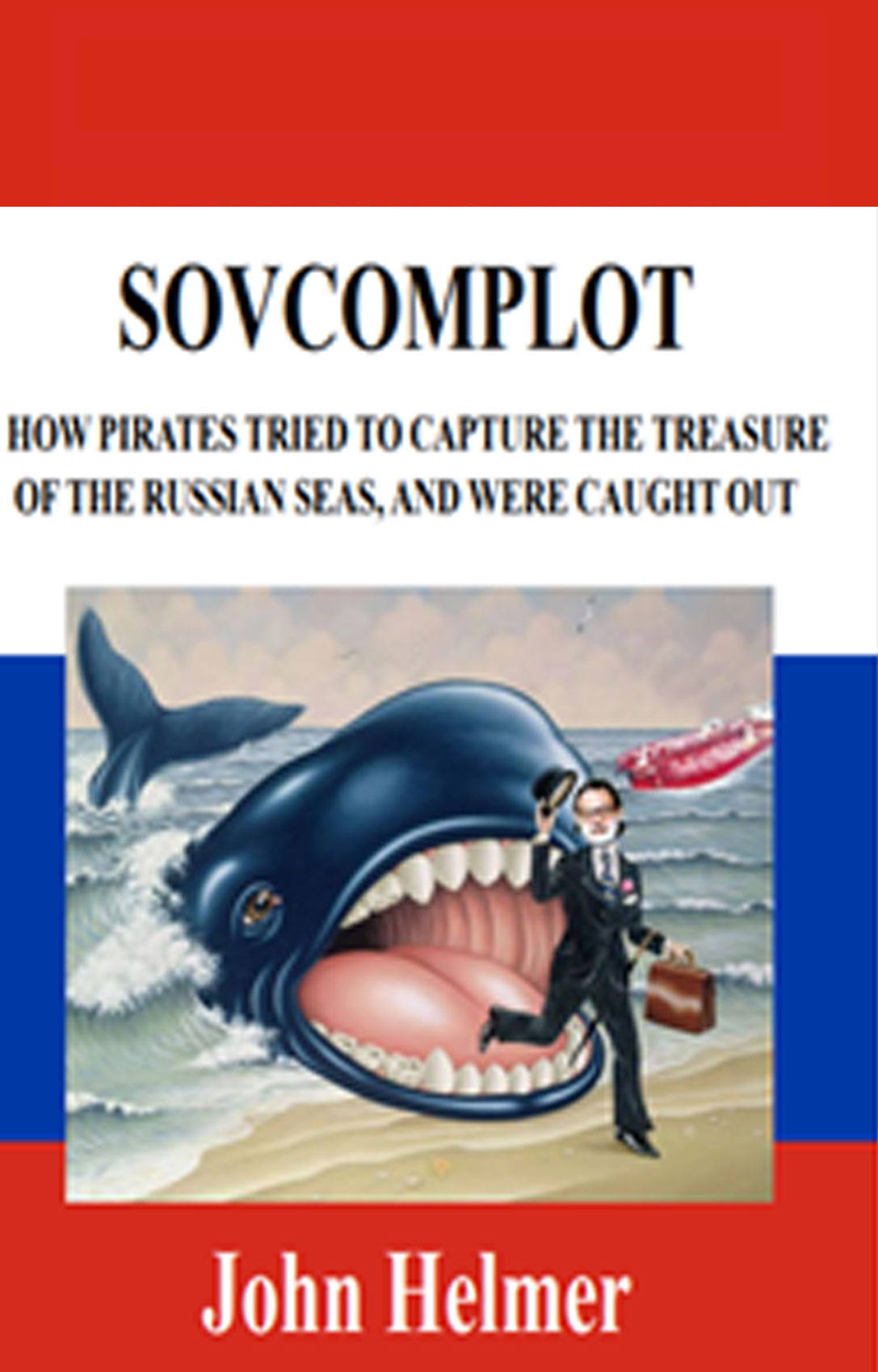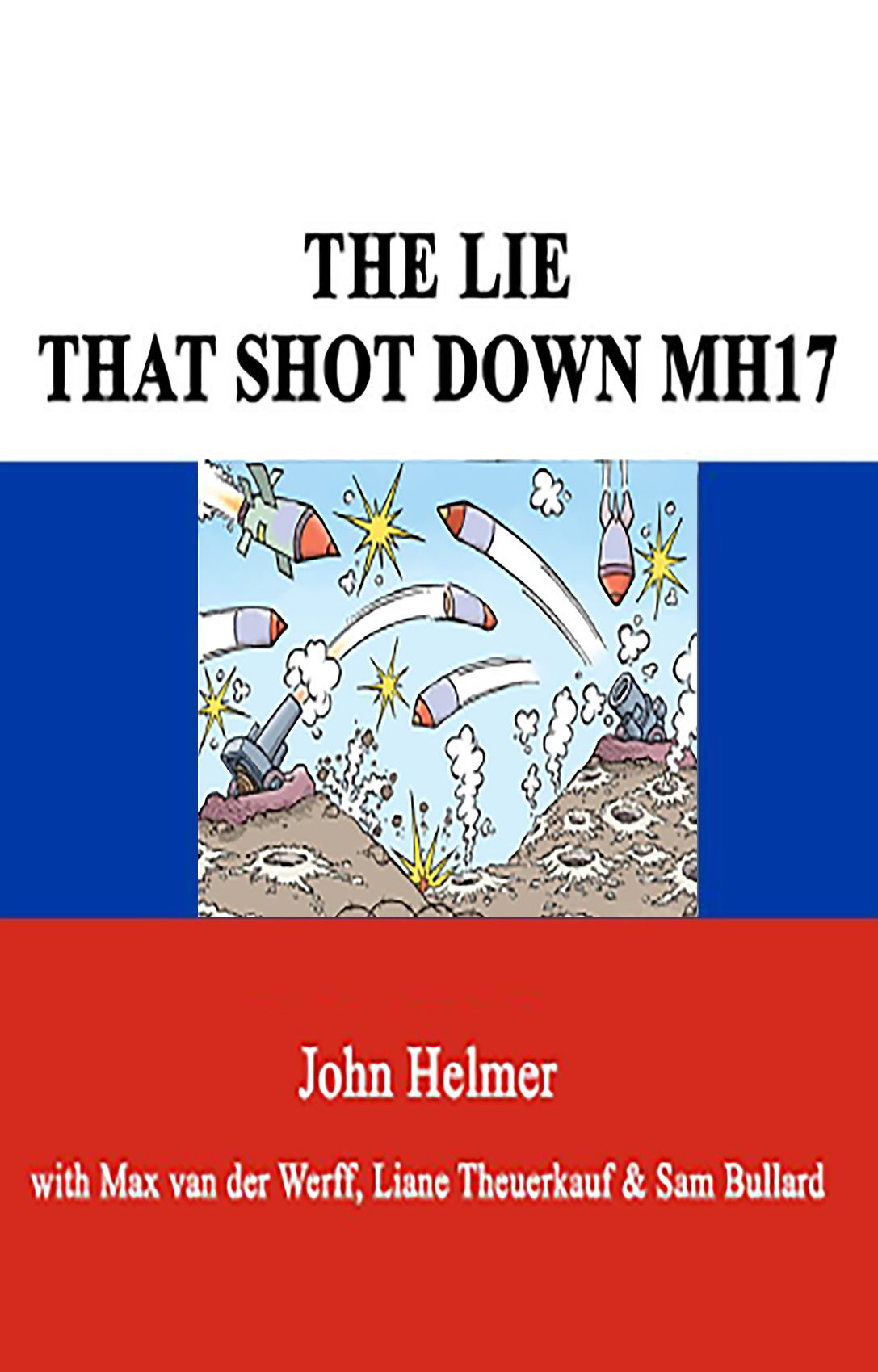By John Helmer in Moscow
China is a power behind global commodity flows as well as prices. But Beijing has been slow to understand that it is the horse that pulls the cart; the whip hand belongs to the coachman.
Chinese negotiators have already made one colossal mistake in pricing their supply of liquefied natural gas (LNG). They are making a second in trying to draw out of Russia a discount for natural gas. For China to insist on tying Gazprom down to the extraction cost of Siberian gas – at a fraction of the price Gazprom sells its gas to Western Europe – is producing an impasse in current negotiations and slowing down Russia’s readiness to invest in the pipeline systems, on which Chinese calculations depend.
President Dmitry Medvedev visited China last month. Ahead of the visit, he was reported as cautioning that Russian plans to export natural gas to China were under way, but that “technological details are still being discussed” and “negotiations were ongoing to finalize the price formula of Russian gas supplies to Chinese consumers”.
Gazprom’s press office was asked if this was a hint of an obstacle or of progress in the negotiations, which have been going on now since March 2006, when Gazprom chief executive Alexei Miller and Chen Geng, then head of the China National Petroleum Corporation (CNPC), signed a memorandum of understanding for the delivery of natural gas to China. CNPC is a state enterprise; since 1999 PetroChina has been its publicly listed shareholding arm, holding most of the CNPC’s gas operations. “We don’t disclose what we have agreed on,” Gazprom’s spokesman said – nor, he implied, what the two sides continue to argue over.
A communique issued on May 27, following talks in the joint working group of Gazprom and CNPC, claimed the group had “considered the progress in the commercial talks as part of the Project on natural gas supply from Russia to China”. It avoided saying the talks had achieved any progress.
Konstantin Simonov, general director of the Fund for National Energy Security in Moscow, told Asia Times Online that the problem is “an old and familiar one. As it was with oil, the problem of Russian gas for China is the price issue. The Russian position is that there should be an equal price on all markets. It is obvious that Asian shipments should be equally profitable for Gazprom as supplying the European markets.”
Gazprom has been voluble and explicit on this point; the Chinese side is mute.
Priority to western route
Two years ago, Gazprom acknowledged in its annual report to shareholders that the commercial plan for supplying natural gas to China involved a western route and an eastern one, roughly equal in capacity, with a total volume of 68 billion cubic neters of gas per annum. The priority for construction has been the western route, which crosses the Altai region, and is already under construction on the Russian side.
The Altai pipeline is designed to link West Siberian fields with the Xinjiang-Uyghur Autonomous Region in western China, and join China’s West-East pipeline extending to Shanghai. Altogether, the pipeline is to run for 2,800 km. Gazprom said in its shareholder report that the pricing formula for the Altai project was based on a basket of prices for crude oil.
Russian industry sources say the route of the eastern pipeline would run from gasfields in Yakutia and thence into northeastern China. No feasibility study has yet been done, and the details of the route have not been settled.
The Altai pipeline is being built now because even if the Chinese don’t accept the Russian price formula the gas will be consumed domestically. At the same time, China does not have enough domestic gas to supply its consumption requirements and has no choice but to import.
According to calculations by a Moscow gas market analyst, the share of natural gas in China’s energy supply is expected to more than double to 7% by 2010 from the present 3%. In 2004, domestic natural gas production reached 47.5 billion cubic meters (bcm) in China. Consumption was at roughly the identical level, but is growing fast and is outpacing domestic extraction rates. The PRC’s gas needs will amount to 97 bcm as early as this year and 103-120 bcm by 2010, according to conservative estimates. It is clear that gas imports are vital for China.
“Russian gas is the optimal and most mutually beneficial option to satisfy the PRC’s increasing energy needs and hence the parties are interested in shortly achieving the targets stated in the Protocol,” one analyst said. “From a commercial viewpoint, it is crucially important for Gazprom that gas will be supplied at prices formulated on the basis of petroleum prices. Certainly, there are some other benefits, including a relative proximity of consumers (the transmission route to China is far shorter than to Europe) and the absence of transit countries along the supply route.”
The Chinese have been trying to come up with alternatives, and see if they add to leverage with Moscow and improve their bargaining position in the global market. The Russian conclusion is that they have thrown themselves a boomerang.
According to one industry source: “Take, for example, the LNG market – already this isn’t working. Recent history shows that when China came to the LNG market to buy, everyone started pushing up the price. So the initial Chinese plan to buy everything on the LNG market raised the price, instead of holding it stable. The main suppliers for China now are Indonesia, Malaysia and Australia. But extraction in some of these countries will be falling. In others, pricing is tied to crude oil.”
Gas traders claim that the Chinese at present find themselves signing to pay a premium to the prevailing crude oil price for LNG from the Middle East. A recent contract with Qatar sets a gas price equivalent to US$130 per barrel of crude oil. Freight costs come on top. Deliveries contracted from Australia in the Gorgon project (off the northwest coast of Western Australia) will not start until 2014, but they too are tied to oil. Chevron, ExxonMobil and Shell have signed forward agreements to share the product of Gorgon LNG between India, Japan and PetroChina. But supply to China will be limited to 1 million tonnes per annum, according to the heads of agreement signed last September.
Double prevailing price
If the crude oil price remains at the current level, then gas from these sources could cost China more than $500 per thousand cubic metres. That is roughly double the prevailing price at which Gazprom supplies gas to Europe.
Alternative supply schemes under consideration in Beijing include a pipeline from Myanmar, but the capacity is very small – just 10 bcm. Other pipeline routes from Turkmenistan and Iran are “a black box”, the Russian source says. “The deposits are far from proven, and there are too many risks over too many borders, as the gas moves to China.”
The first supplies of Russian LNG will start flowing from the Sakhalin-2 project, at the southern end of Sakhalin island, in 2009, but offer little respite for China. Gazprom took over control of the project from Royal Dutch Shell last year. Two-thirds of the volumes currently planned have already been contracted for by Japanese buyers; most of the remainder has been signed for by South Korea, with a balance to go to the US.
There has been public speculation that gas from the Sakhalin-1 project, operated by ExxonMobil, may be available for supply to China. In 2006, the Americans signed a memorandum of understanding on this option. This is controversial, and undecided on by the Russians. Gazprom holds the legal monopoly on gas exports, and it has told Exxon it wants to contract to buy all the gas from Sakhalin-1 for distribution domestically, or as it sees fit.
“Rosneft is the main shareholder, and favors constructing a pipeline to China,” Simonov said. “Gazprom’s position is that this gas should be used for Russian territory of this region. My view is that Sakhalin-1 will be linked by pipeline with Sakhalin-2; the liquefaction capacity of the plant will be expanded; and all of this gas will be contracted for the US market.”
Russian sources believe that the Chinese position on the gas price is motivated in part by access to low extraction cost data provided for the Kovykta gasfield, when it was owned by Russian oil company TNK. Gazprom has now taken control of the field. According to Simonov, the Kovykta data are irrelevant. There is no talk at the moment of linking this field to China and no basis, in Gazprom’s view, of making gas available to China on a cost-plus formula. That is reported by Gazprom sources to indicate a Chinese asking price of just $100 per thousand cubic meters. They add that this is likely to be half of the expected price to Russian consumers in the controlled domestic market in three years’ time.
“There are no economical reasons to supply to China at twice below the European level,” Simonov said.











Leave a Reply